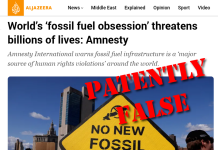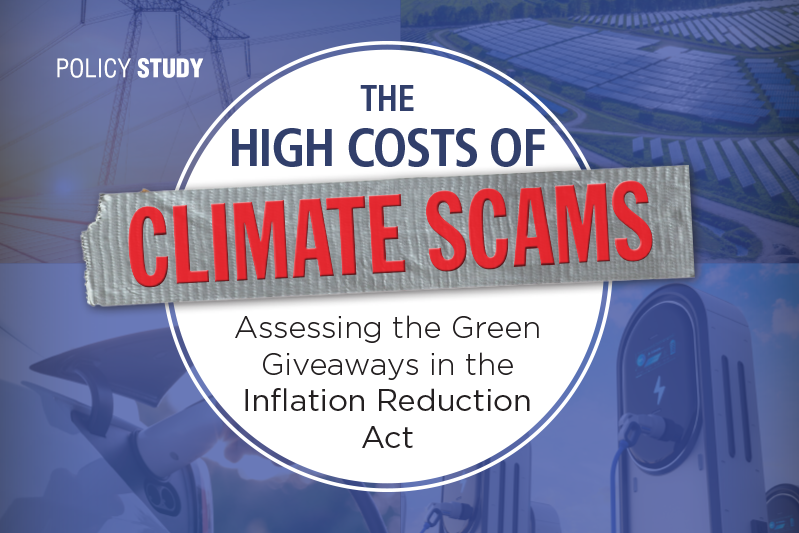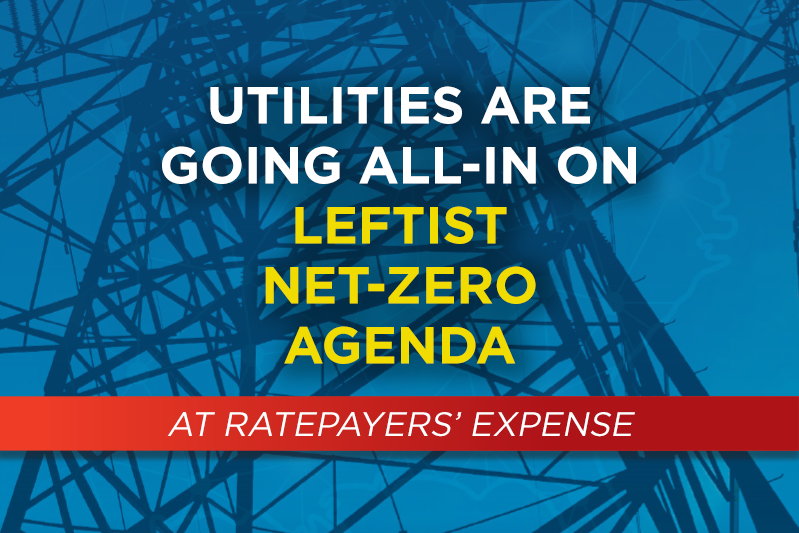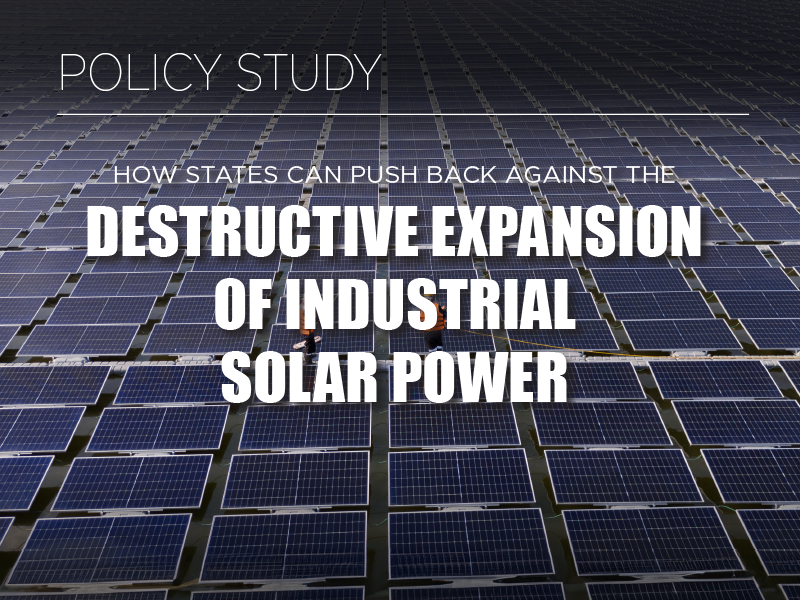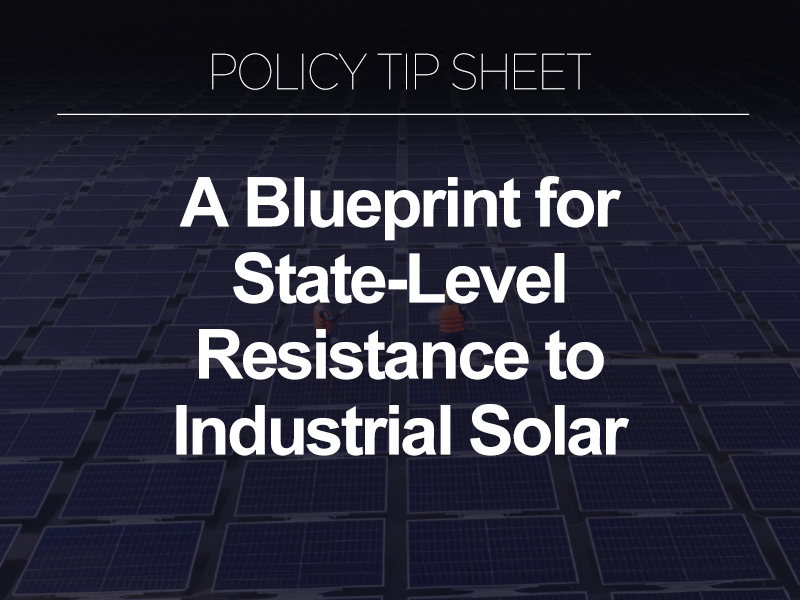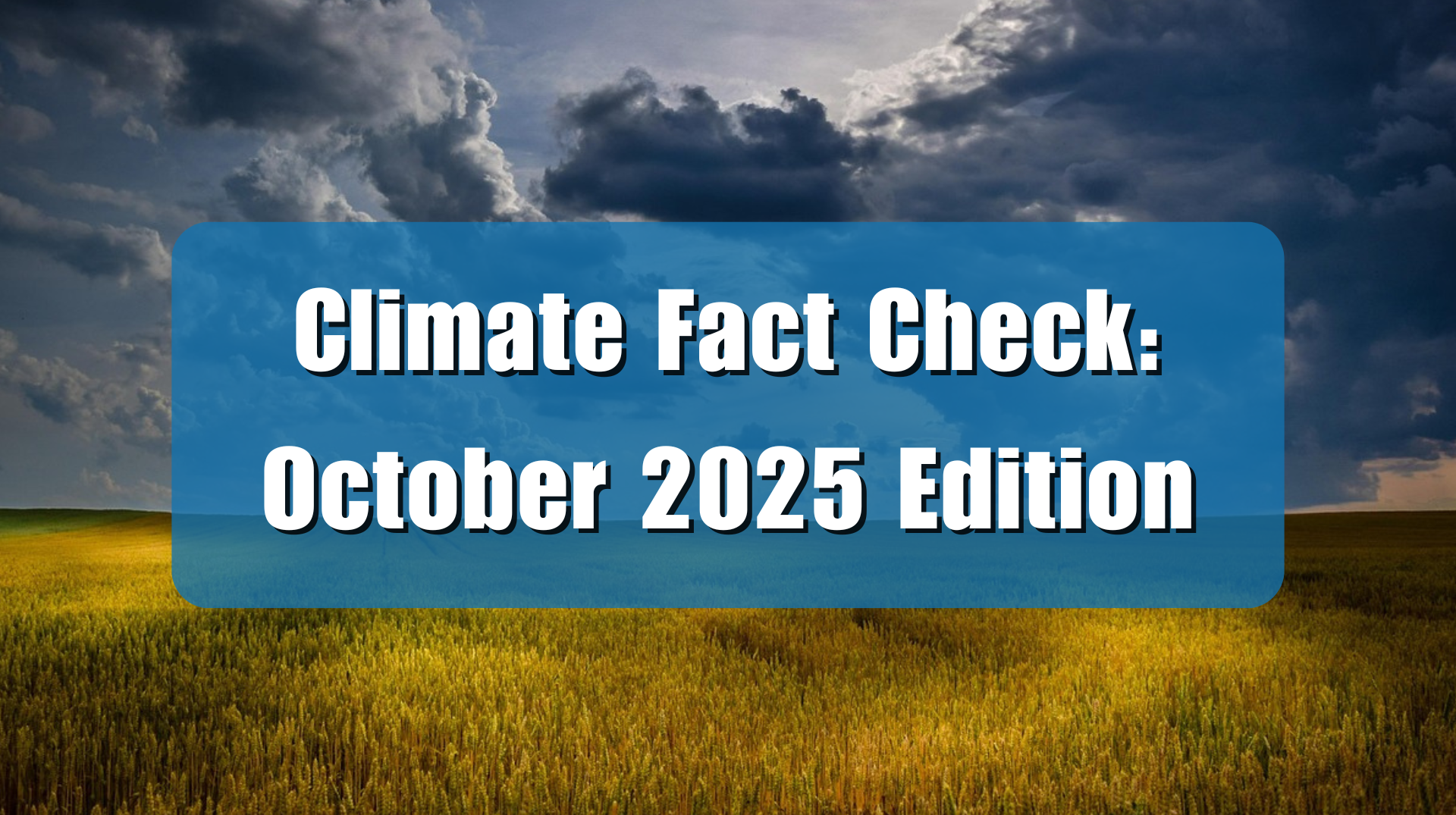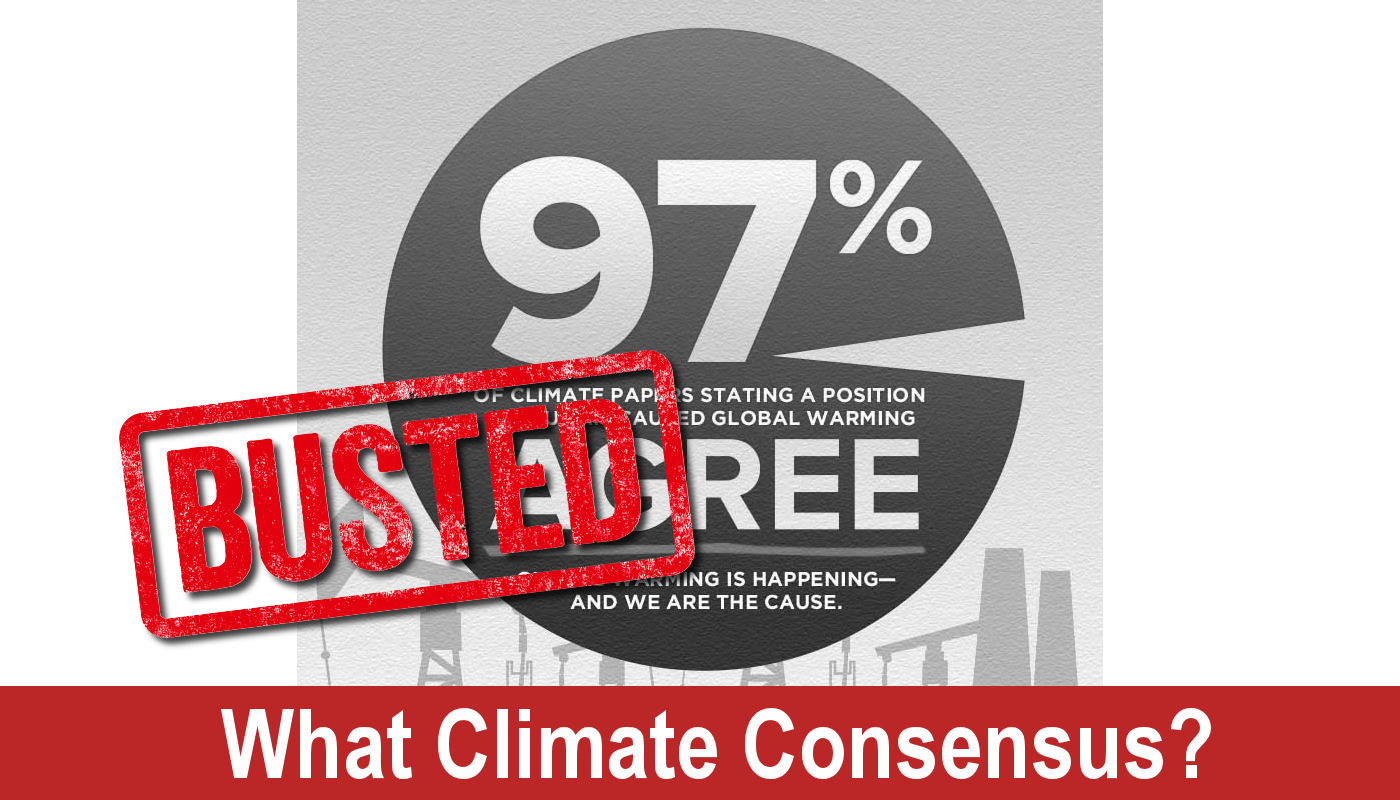CNN’s recent photo essay, “Striking images showing environmental destruction aim to ‘inspire action,’” claims that photographs of trash heaps, collapsing homes, and dust storms “show the devastating effects of climate change.” This is false. The images have nothing to do with climate change at all. They depict human-induced environmental degradation, poor land-use decisions, and poverty-related infrastructure collapse—none of which are climate-driven phenomena. Evidence suggests CNN is once again substituting emotive imagery for science in furtherance of the narrative that climate change causes everything bad.
CNN’s short report discusses a pictorial presentation given at the Global Climate Alliance’s (GCA) Right Here, Right Now Summit, hosted to coincide with the UN World Environment Day conference June 4th through 7th. Aside from images that have nothing to do with climate change, other pictures describe the aftermath of extreme weather events, the types of which have been common throughout history. Data show such weather patterns have not become more common or severe. In short, the series of pictures show human tragedy, not the impact of supposedly dangerous anthropogenic climate change.
Let’s start with the obvious: a photo of children collecting garbage from Myanmar’s Inle Lake is not a climate change story—it’s a waste management story. Piles of plastic floating in a lake indicate societal neglect, not a change in atmospheric CO₂ concentrations. CNN attempts to pass this off as evidence of “climate injustice,” when in reality, it is the result of poor sanitation policy and insufficient waste infrastructure. No peer-reviewed science attributes plastic accumulation in lakes to anthropogenic climate change.
The second image CNN chose to highlight from the Right Here, Right Now exhibit shows a house toppling into the River Ganges in West Bengal, India, attributed to erosion. Erosion is a well-understood hydrological process that has been reshaping riverbanks for millennia. It is worsened by deforestation and unregulated building near dynamic river systems—not global temperature anomalies. The real issue here is irresponsible construction in flood-prone areas. Building on the banks of one of the world’s most active sediment transport systems is a risk entirely independent of “carbon pollution.”
Other pictures depict the shrinking Aral Sea, a decline caused by Soviet era policies that diverted water flowing into the sea for irrigation, and garbage heaps in Myanmar, for example, are, once again, problems created by public policies and human actions, but that do not represent impacts of climate change.
The CNN article, in typical fashion, makes sweeping claims without providing empirical backing. We’re told the images reflect the “slow violence” of climate change—a phrase that’s emotionally powerful, but scientifically hollow. Slow environmental degradation certainly exists, but conflating it with climate change is dishonest. CNN wants readers to feel something rather than think critically. This is emotional manipulation.
CNN also attempts to legitimize this narrative by invoking the support of the United Nations Human Rights Office (OHCHR), which calls climate change a “human rights crisis”. This kind of rhetorical overreach dilutes the credibility of both institutions. While climate has always had human consequences, turning it into a platform for political advocacy through photography and activism masquerading as journalism distorts public understanding. It frames all environmental problems, regardless of origin, as symptoms of global warming. It is both scientifically inaccurate and lazy.
Let’s return to facts. According to the Intergovernmental Panel on Climate Change Sixth Assessment Report (AR6), Chapter 12, while some regions are projected to experience more intense precipitation or drought, the report makes clear that attribution of individual events or regional environmental stressors to climate change remains deeply uncertain. The IPCC explicitly warns against oversimplified narratives that turn every weather or environmental anomaly into a climate crisis. CNN, however, ignores this caution entirely.
Unfortunately, for an organization that claims to be a “news” agency, CNN has long record of using images as argument. Whether it’s polar bears on floating ice or orange-tinted skies from wildfires, CNN has a habit of presenting visual anecdotes in place of analytical context. As pointed out by Climate Realism, wildfires, droughts, and floods have always occurred. When an outlet cherry-picks photos of destruction without providing evidence of some cause-and-effect supported by data, they are engaging in narrative-building—not science communication.
Also, CNN never discusses adaptation or resilience in its story. If the problem truly were climate change, wouldn’t it make more sense to focus on solutions like infrastructure investment, urban planning, and better resource management? Instead, they emphasize feelings of doom and helplessness. Emotional pressure, not informed consent, is their goal.
Contrast this with data-driven resources like Climate at a Glance, which document actual trends in extreme weather and climate metrics. For example, contrary to what CNN might imply through imagery, the frequency of U.S. droughts has not been increasing long-term. In fact, the 20th century saw some of the worst droughts on record, including the Dust Bowl—decades before modern CO₂ levels became significant.
Similarly, floods and sea level rise are routinely exaggerated in photo-driven stories. Sea levels have been rising at a rate of about 3 mm per year, as they have for over a century. That’s one foot per century—not exactly a Hollywood-style disaster. Human choices—like building on eroding coasts or floodplains—account for most of the visible damage.
In short, CNN’s article and the exhibit it promotes are nothing more than an elaborate photo-op dressed up as climate advocacy. The images shown may evoke sympathy, but they do not represent scientific causality. Plastic pollution, riverbank erosion, and urban poverty are real problems—but they’re not caused by climate change. Equating every instance of environmental stress with global warming does a disservice to genuine science, distracts from local accountability, and turns a complex issue into a clickbait spectacle.






